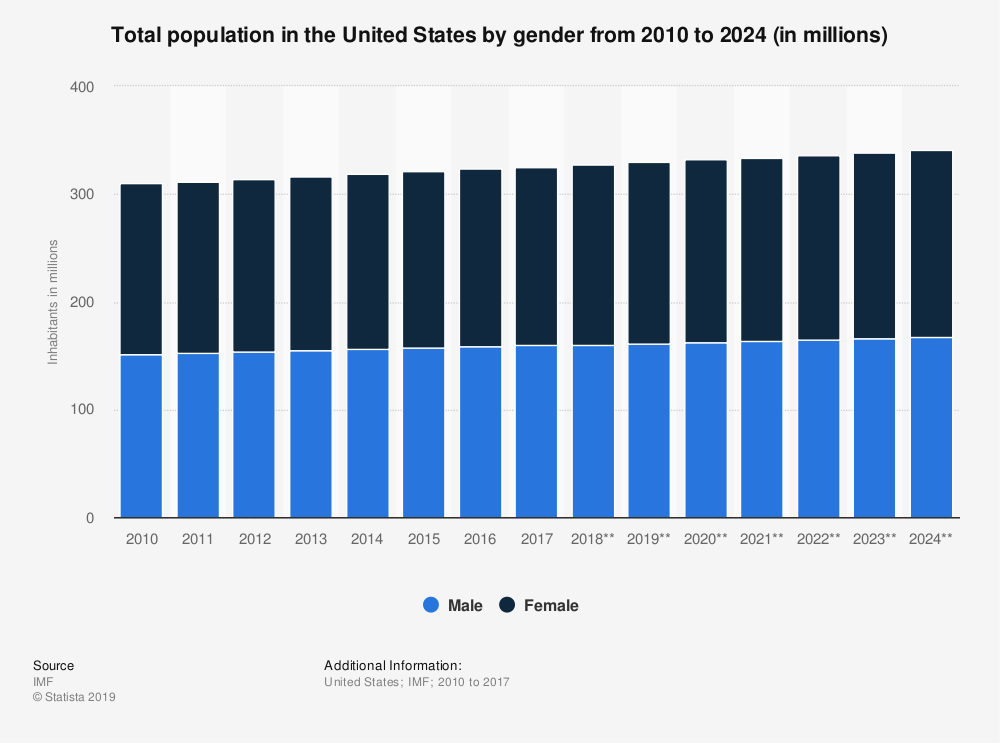This article from the Wall Street Journal shows that US Population Growth is at its lowest percentage level since the 1920s. Because of lower fertility rates and lower immigration rates, the rate of growth of the US Population fell to below 0.5% last year, down from about 1.4% in the early 1990s and over 2% during the late-1950’s height of the Baby Boom. If this lower growth trend remains in place for a relatively long time, and many demographers believe it will, the ramifications for the economy and particularly for economic growth will be significant. Without a significantly growing population, it is very difficult to sustain significant economic growth.

Why?
Why should economic growth suffer if population growth slows? Think about it. If population growth slows, then that means the average age of the population will get older because there won’t be as many younger or new people to replace the older people as they retire. If the workforce isn’t adding as many workers, then the only way to grow is to improve the productivity of the workers already in the workforce. Advancing technology has helped, and perhaps the increased use of Artificial Intelligence and robotics will help some more. However, the US Bureau of Labor Statistics shows that workforce productivity has remained relatively stagnant for the past 9 years. Why is this the case? Well, in your experience, as people get much older, do they get more adept at using technology or less adept? There is probably a curve, but people from their late 40’s onward likely are not as adept at technology as are younger people. We need a continuous influx of new, younger workers to stimulate productivity and to stimulate economic growth.
Japan
Look to Japan as an example of how falling fertility has led to economic stagnation. Japan’s population growth has not only slowed down, but it has also actually been declining for the better part of the past decade. This link says that Japan’s population is projected to shrink by 16% from its peak in the next 20 years. Partly as a result, this link shows that Japan’s GDP is lower now than it was 10 years ago, although growth has been picking up in recent quarters. As we know, Japan limits immigration, so its population growth is almost entirely dependent on its fertility rate. Japan’s economy is now 3rd largest in the world behind the US and China, and without a drastic change in its fertility rate, Japan is destined to stagnate. Japan has been an economic powerhouse that has produced great cars and great technology since the end of WWII but its days as a growth economy are likely over, due to its aging demographics.
IMO
I believe there is hope in the US to right the ship toward increased population growth. We could at any time let more people and more workers immigrate into the US, which would help a lot to ease the existing shortage of workers (3.5% unemployment rate!). As to policies that encourage a higher fertility rate, it is anyone’s guess as to how to do that, but there are pockets of higher fertility (such as in Utah) and we might think to emulate policies that seem to have resulted in higher fertility where such is the case. We read a lot about how we need more younger people to pay into Social Security so that Social Security remains solvent. We don’t as much read about the direct link between population growth and economic growth. If we want our economy to continue to grow, we need more young people who will eventually enter the workforce. Watch for demographic trends as a precursor to future economic trends. If you don’t watch, I will and I will let you know about them.
